
A Fairy Trail: Zdenko Bašić Is A Fae Folk Tale Collector For Modern Times
For almost two decades, Zdenko Bašić has been collecting tales of magical woodland creatures from North-western Croatia that in English might be called fae, fey, fair folk, or faerie. Whichever (Fee-fi-fo-fum!) version you pick, fairy and folk tale collector would seem like a quaint and obscure profession, even hundreds of years ago when the folklorists and writers such as the Brothers Grimm, Charles Perrault, and Madame d’Aulnoy practically coined both the name of this vocation and the term fairy tale.
More info: Facebook | Instagram
Image credits: Zdeno Basic Art
And yet, almost every day, we are reminded of the fruits of their labor. So much of our most mundane life is stamped and framed by them, either relentless Hollywood adaptations, advertising industry, or pop culture.
Image credits: Zdeno Basic Art
In a world where so much has been cataloged, covered, and crossed out, we may think there are no folk tales or creatures left to shed light on. Zdenko Bašić is here to prove us wrong, diving into an uncharted bay of what Salman Rushdie would call “a sea of stories” or adding Slavic salt and seasoning to what J. R. R. Tolkien, in turn, described as an ever-bubbling “cauldron of story”.
Image credits: Zdeno Basic Art
Zdenko is not a folklorist but an illustrator and multimedia artist who has been transferring the nearly-forgotten, uniquely Celtic-Slavic tales of Northern Croatia into opulently illustrated books, art, and videos. It is no breezy boast that his three books dedicated to ancient Croatian tales have gained a special status in South-Eastern Europe. This has enabled him to found Perunfest – The Festival of Forgotten Fairy tales and Folktales. It is held near Zagreb in the Turopolje region, in an old castle of Lukavec.
Image credits: Zdeno Basic Art
His first book on the subject is The Tales of the Wind (Sjeverozapadni vjetar). It was published a decade ago. It owes its name to a peculiar North-western wind in central Croatia that is believed to bring a dash of madness to people, especially children.
Image credits: Zdeno Basic Art
For more information and support, check on Kickstarter.
Image credits: Zdeno Basic Art
“The Tales of the Wind” is a collection of stories about elves and woodland creatures. Its sequel “The Moon Shadows” (“Mjesečeve sjene”), set to be translated into English like its prequel, casts a deeper shadow. It dives into the mythological lore of witches and their dark spells.
Image credits: Zdeno Basic Art
In both cases, Zdenko Bašić used his lifelong research into the oral traditions of Northern Croatia, recording the stories from his grandmothers and the storytellers of his childhood. His creation of illustrations for his works involves set building and photography, which is then combined in the final result. He is currently expanding the digital edition of “The Tales of the Wind,” which will include even more multimedia elements.
Image credits: Zdeno Basic Art
In 2018, Croatian National Television produced a four-part documentary pilot based on the stories from The Tales of the Wind. Zdenko Bašić directed it, and the program captured some of the last old folk storytellers who were interviewed for the show. These four episodes also recreated some of the stories and creatures from the book in the author’s specific visual style.
Image credits: Zdeno Basic Art
His recently published third book is about Moguths, mythological creatures that shielded humanity against famine and disease. Oaks were Moguths’ sacred trees, and these fierce creatures could wield lightings.
Image credits: Zdeno Basic Art
Zdenko’s books mention two main types of various beings collectively called Faeries. The first kind is Elven Folk. They are referred to as ‘human brethren,’ and they ruled the night. Humanity, on the other hand, held sway over the daytime. Mostly assuming a female form, they sometimes chose a human child to pass on their wisdom to him and call him their prince.
Image credits: Zdeno Basic Art
The other type of beings we that today also refer to as ‘Faery’ are small fairy creatures, earth spirits, and elementals linked with water springs and plants. They were the guardians of plant essences.
Image credits: Zdeno Basic Art
The third type of these elemental creatures does not fit either category but still dwells in a dimension lodged between dreaming and waking: Murks, Darkwalkers, Yagars, Mares, and the Unseen… They usually do not look kindly on humans, and some even feed on them, so they will drain their strength or steal milk from their bodies if they get a chance.
Image credits: Zdeno Basic Art
All his books and multimedia artwork delving into the mythological lore of Croatia are hard-fought achievements, often realized against all odds. Yet, we can be certain that even the pandemic followed by heavy earthquakes and floods in central Croatia will not stop his continued work on preserving and re-imagining the imagination of this tiny yet exceptional part of Europe.
1Kviews
Share on Facebook
 Dark Mode
Dark Mode 

 No fees, cancel anytime
No fees, cancel anytime 






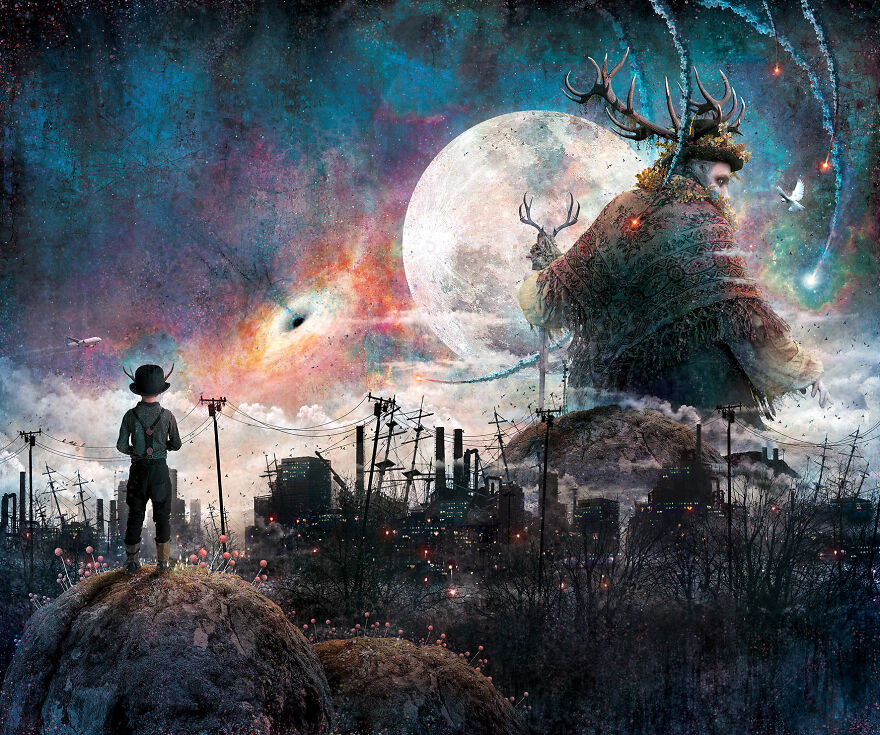
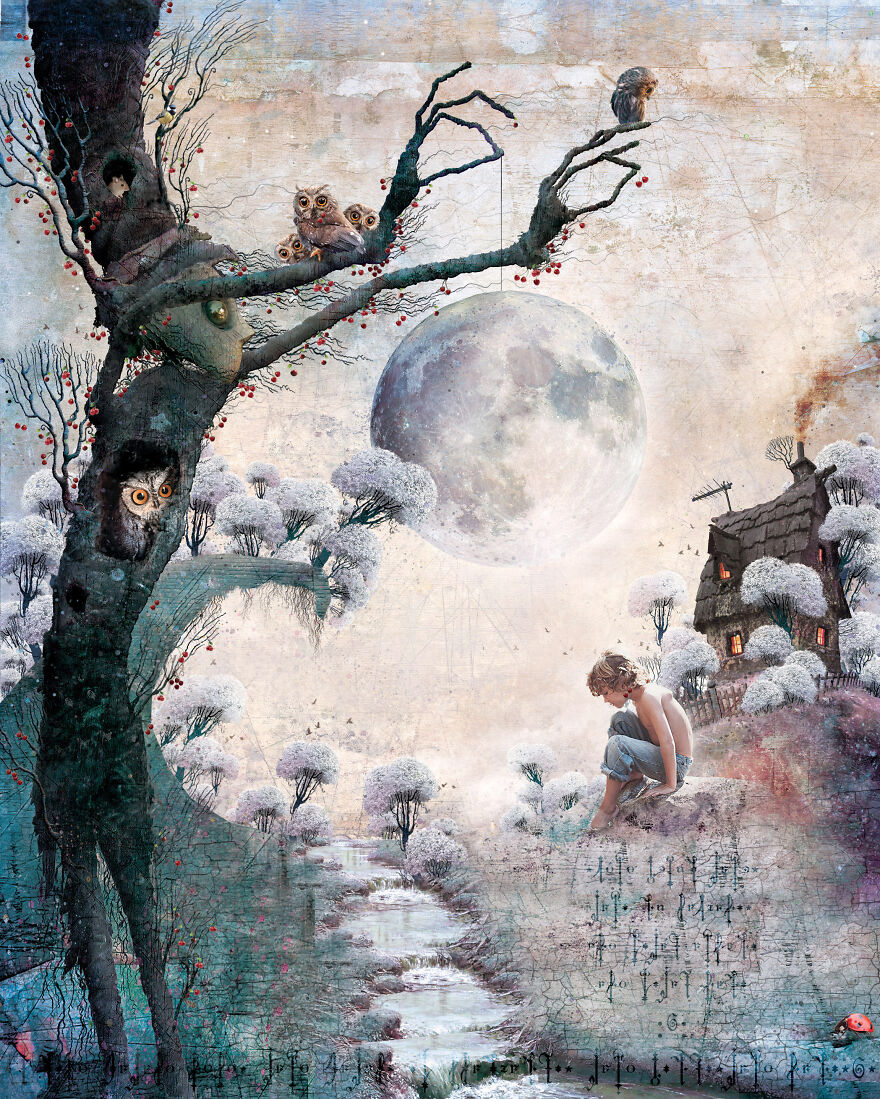
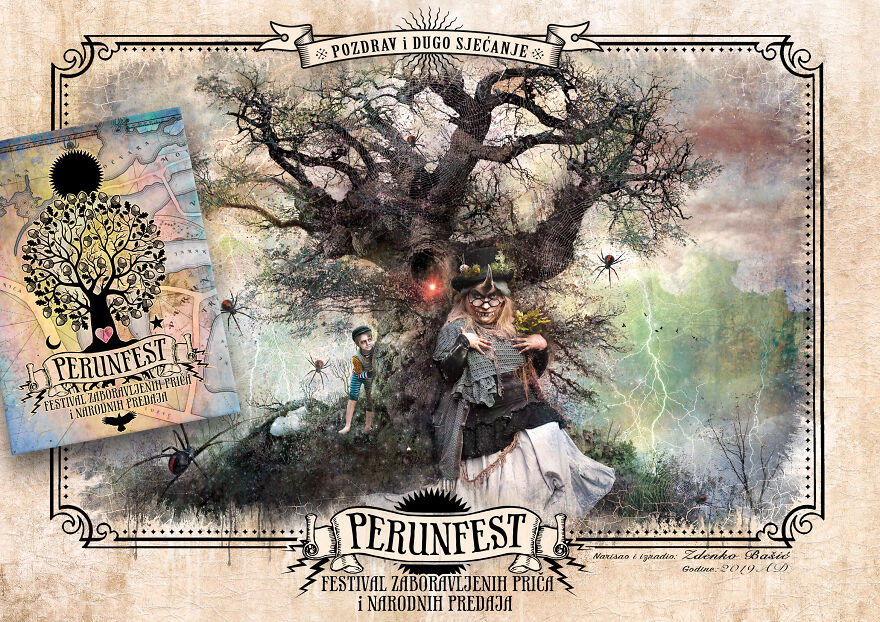
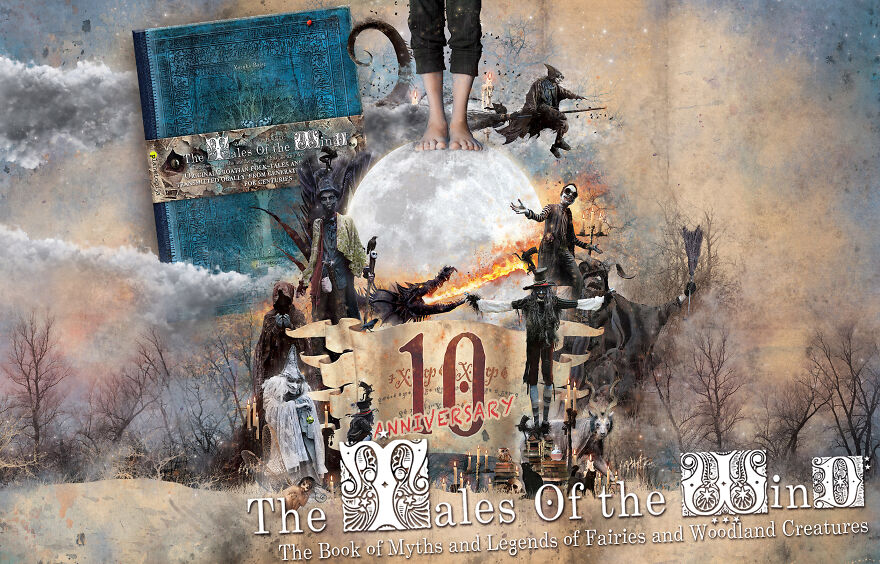
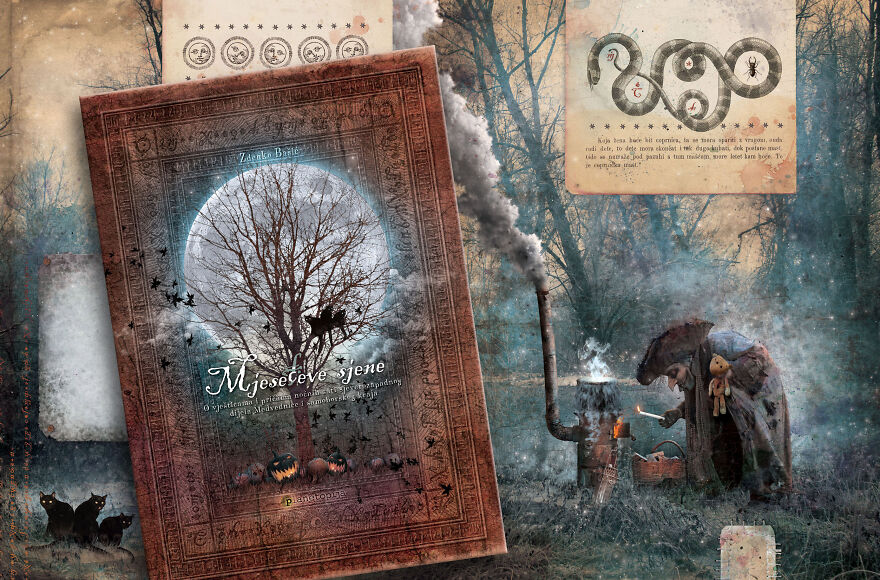
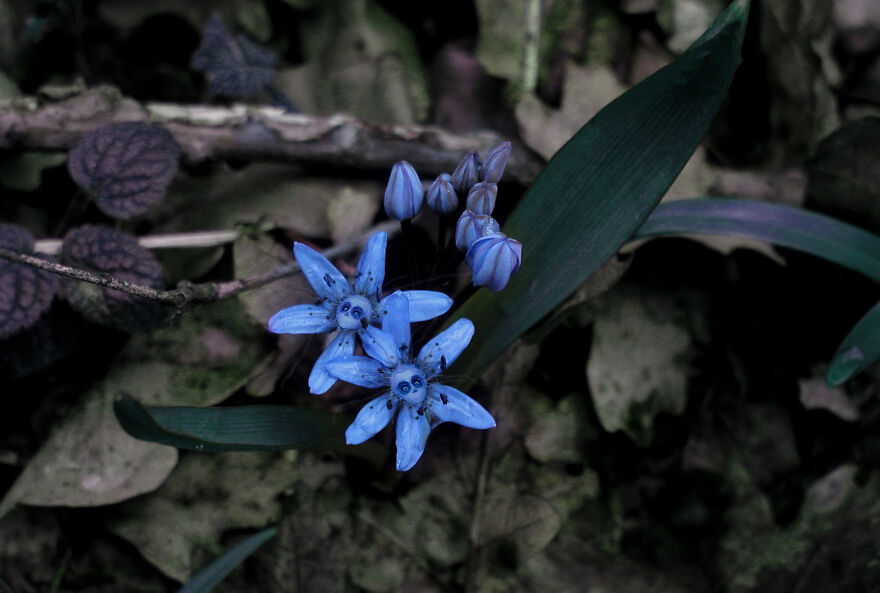
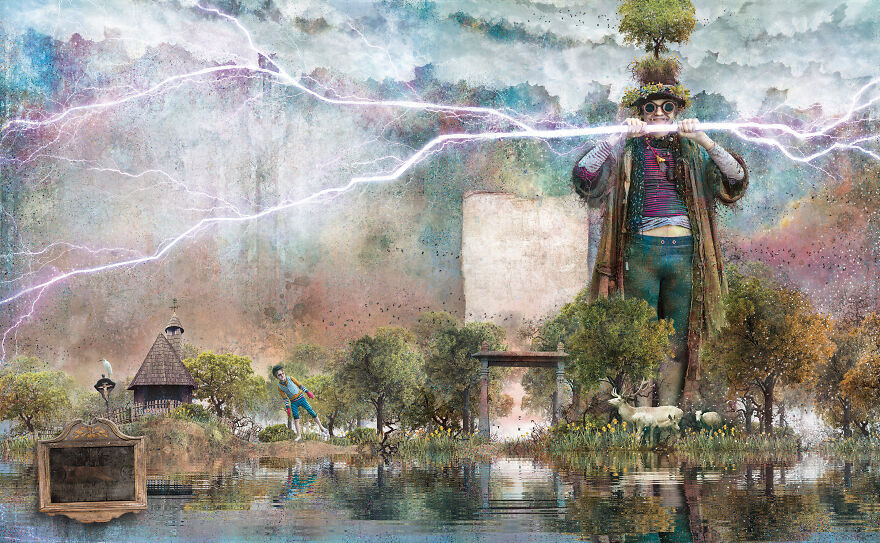
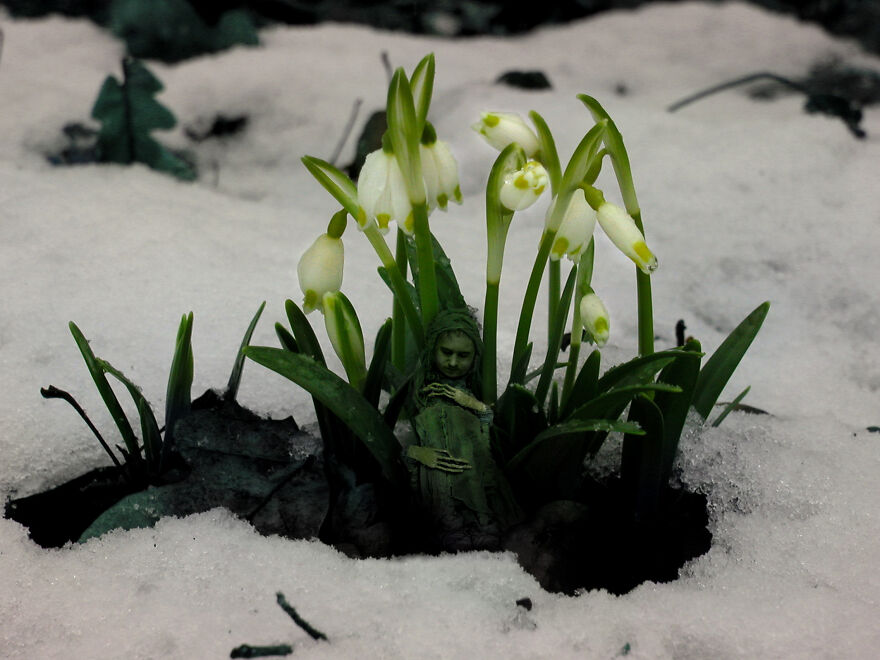
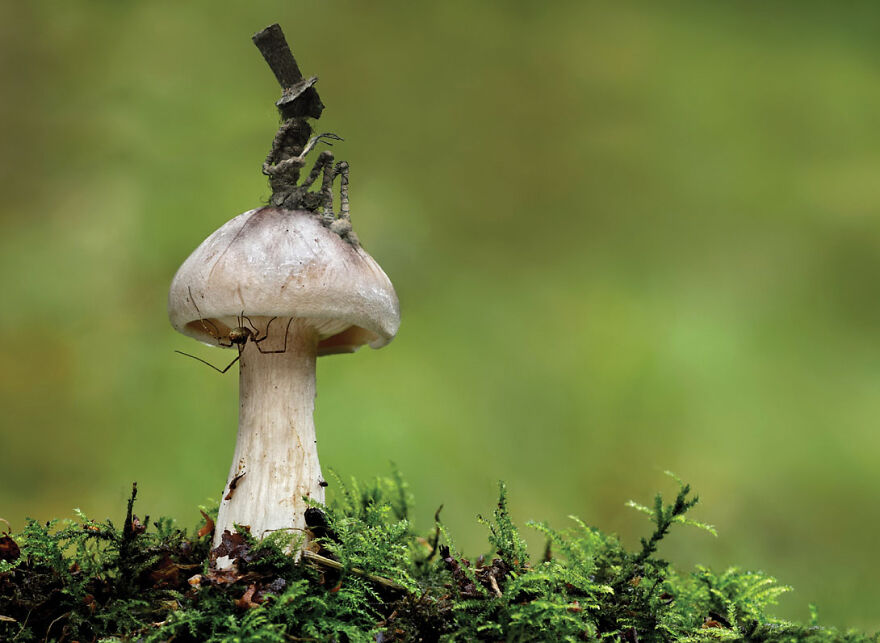
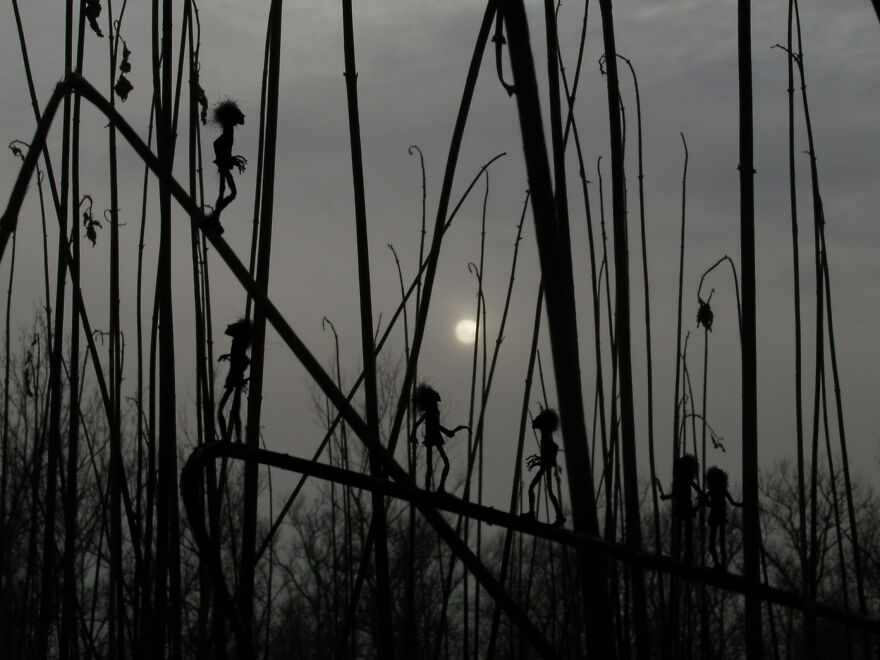












































23
2